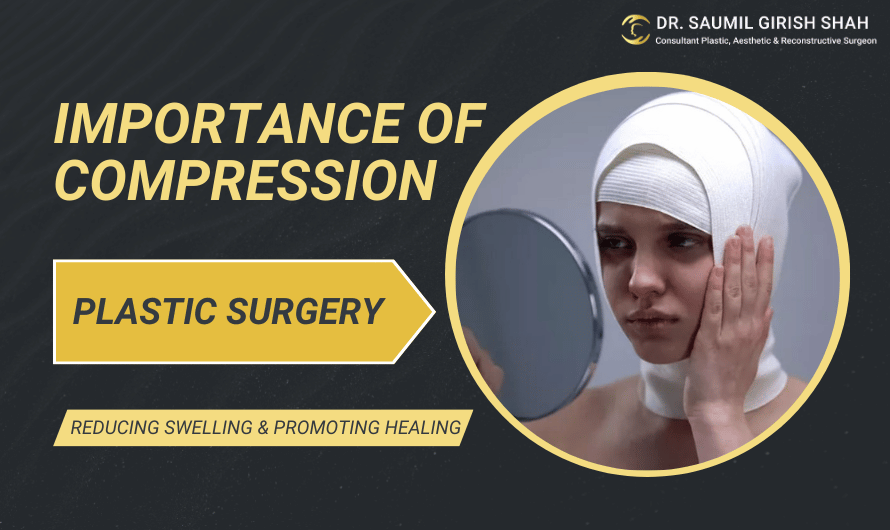Why Compression is Vital After Plastic Surgery
Introduction
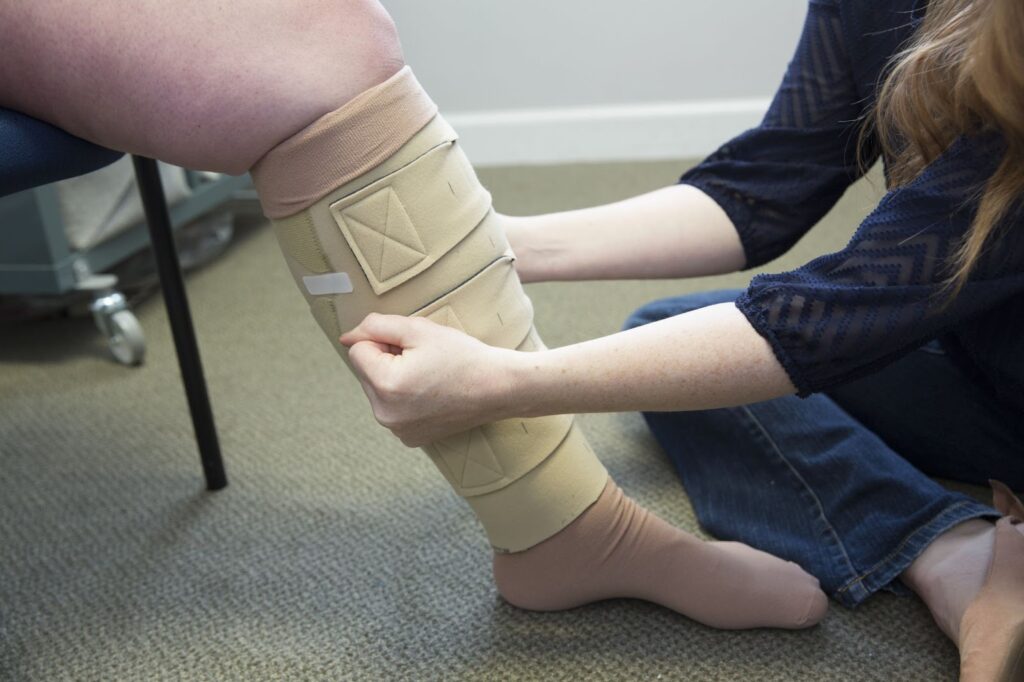
Undergoing plastic surgery is a significant decision for many individuals seeking to enhance their appearance or correct physical issues. Whether it’s a facelift, breast augmentation, liposuction, or another procedure, the recovery process plays a crucial role in achieving optimal results. One essential aspect of post-operative care that is often emphasized by plastic surgeons is the use of compression garments. Let us explore the importance of compression after plastic surgery, how it aids in recovery, and why following your surgeon’s recommendations for compression wear is vital for successful outcomes.
Discover why compression garments are crucial after plastic surgery for reducing swelling, promoting healing, and ensuring optimal results.
What is a Compression Garment?
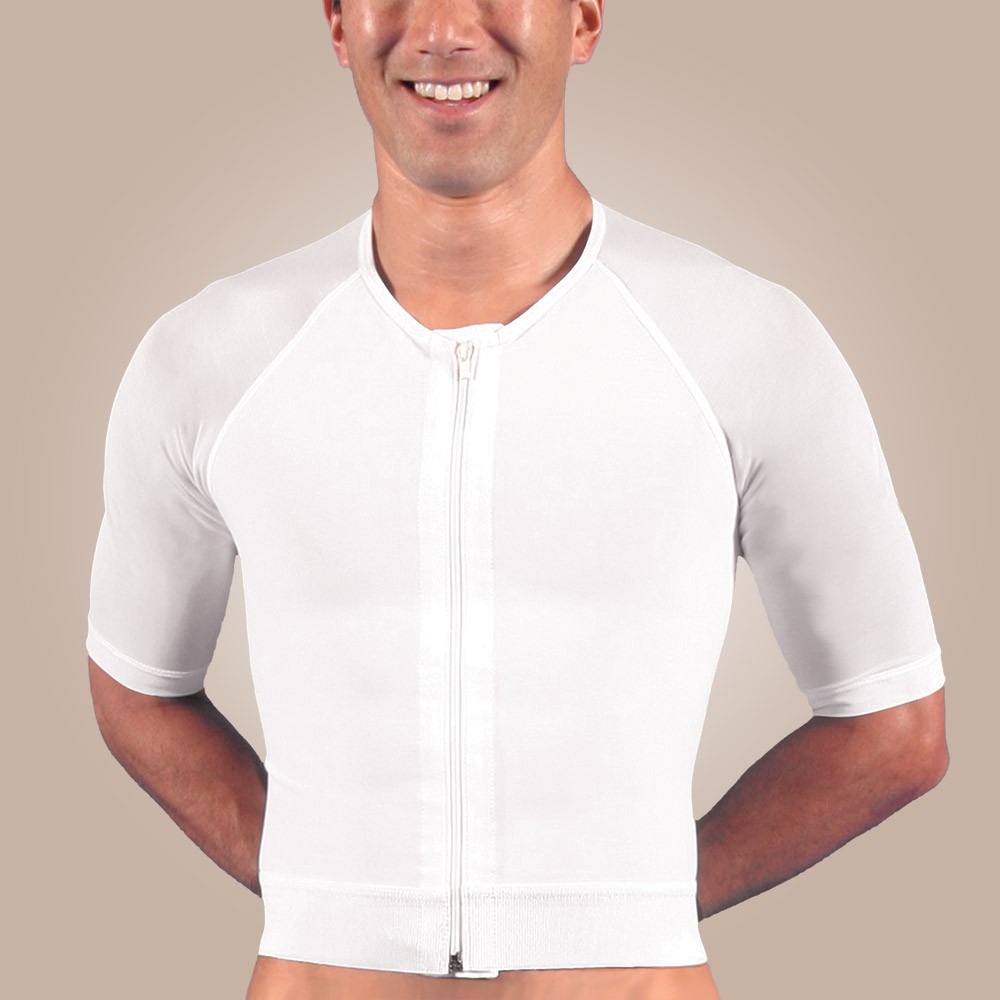
Compression garments are specialized clothing items designed to provide gentle pressure to specific areas of the body. They are commonly used after various plastic surgery procedures to support healing, reduce swelling, and improve overall results. These garments are typically made from elastic materials that conform to the body’s contours, offering a snug yet comfortable fit.
Benefits of Compression After Plastic Surgery
Reduced Swelling and Bruising
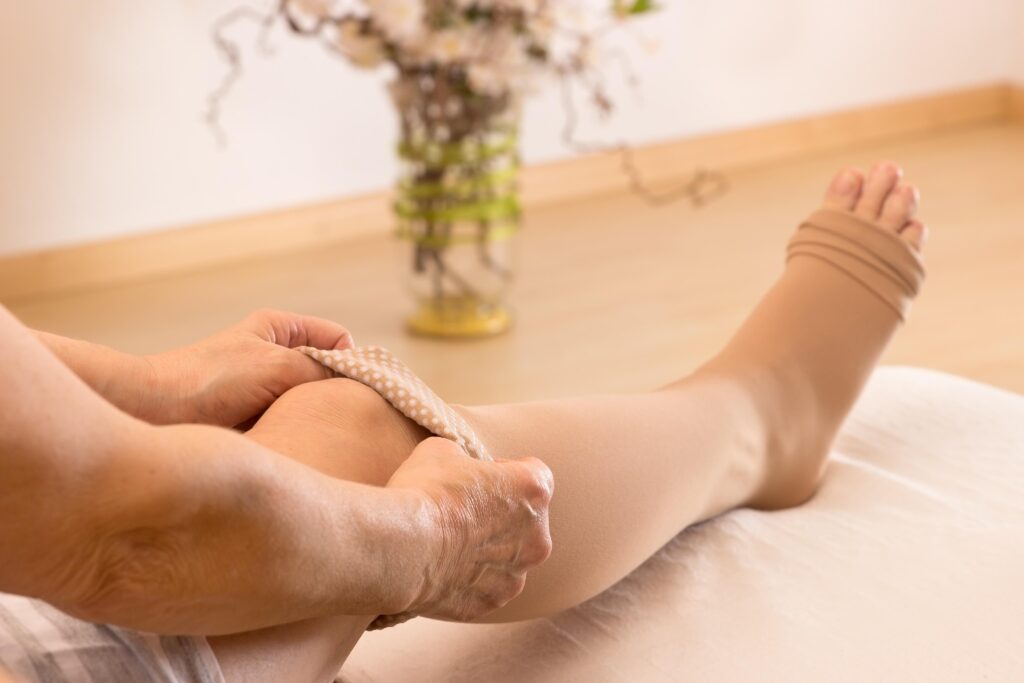
- One of the significant benefits of compression garments is their ability to reduce swelling and bruising following surgery.
- The gentle pressure exerted by the garment helps prevent fluid buildup in the treated area, promoting faster healing and a smoother recovery process.
Improved Blood Circulation

- Compression wear promotes better blood circulation in the treated area, which is essential for delivering oxygen and nutrients to the tissues.
- Improved circulation can speed up the healing process and minimize the risk of complications such as blood clots.
Support for Healing Tissues
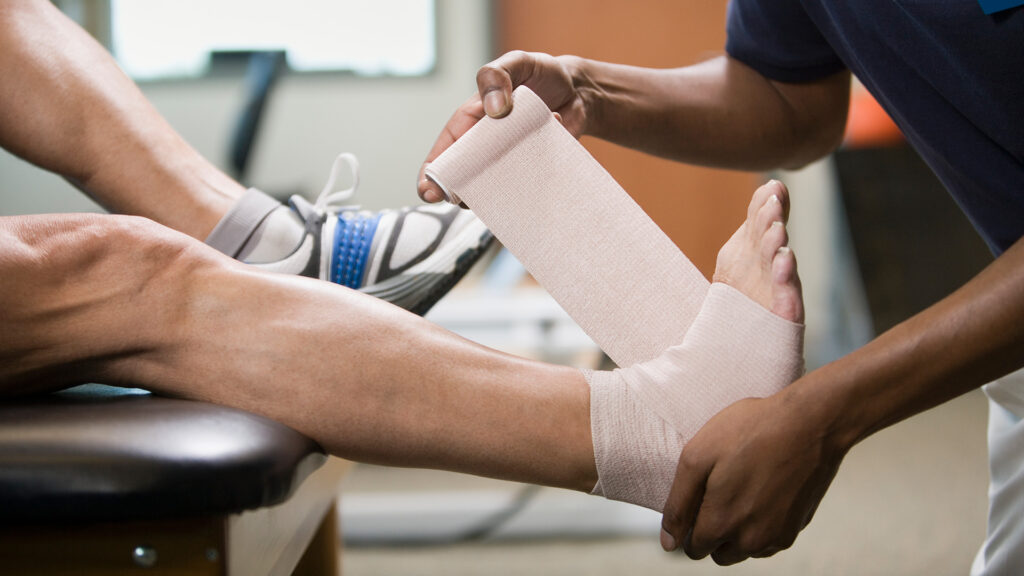
- After plastic surgery, the body undergoes a healing process that involves the formation of new tissues and collagen.
- Compression garments provide support to these healing tissues, helping them align properly and reducing the risk of scar formation and irregularities.
Enhanced Comfort and Pain Relief
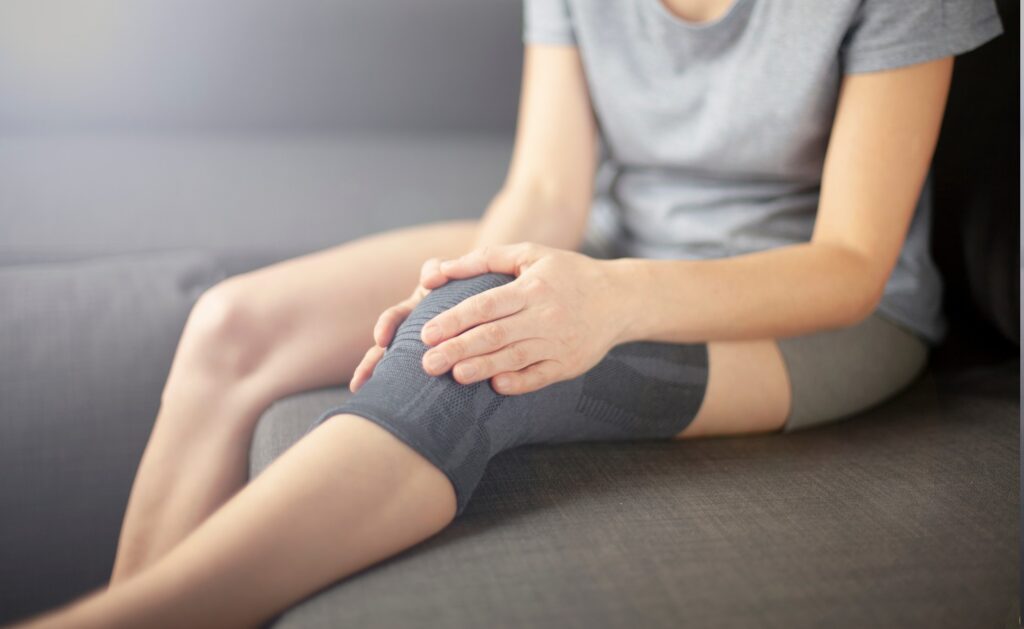
- Wearing compression garments can provide a sense of comfort and support, especially during the initial stages of recovery when discomfort and soreness are common.
- The gentle pressure can also help alleviate post-operative pain and discomfort.
Maintaining Surgical Results
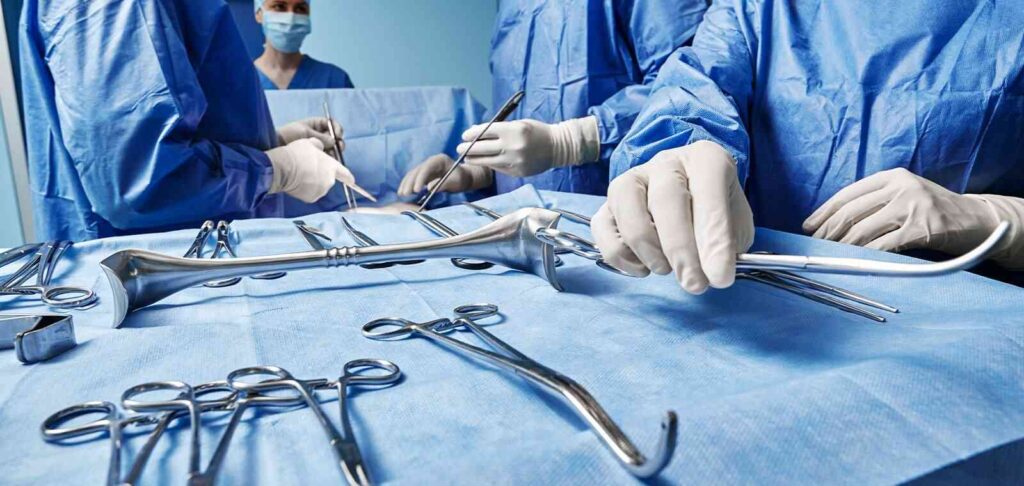
- Compression garments play an important role in maintaining the desired surgical results.
- By supporting the tissues and preventing excessive swelling, they help ensure that the outcome of the procedure is preserved and that the final appearance meets expectations.
Types of Compression Garments
Common types of compression garments include:
Abdominal Binders
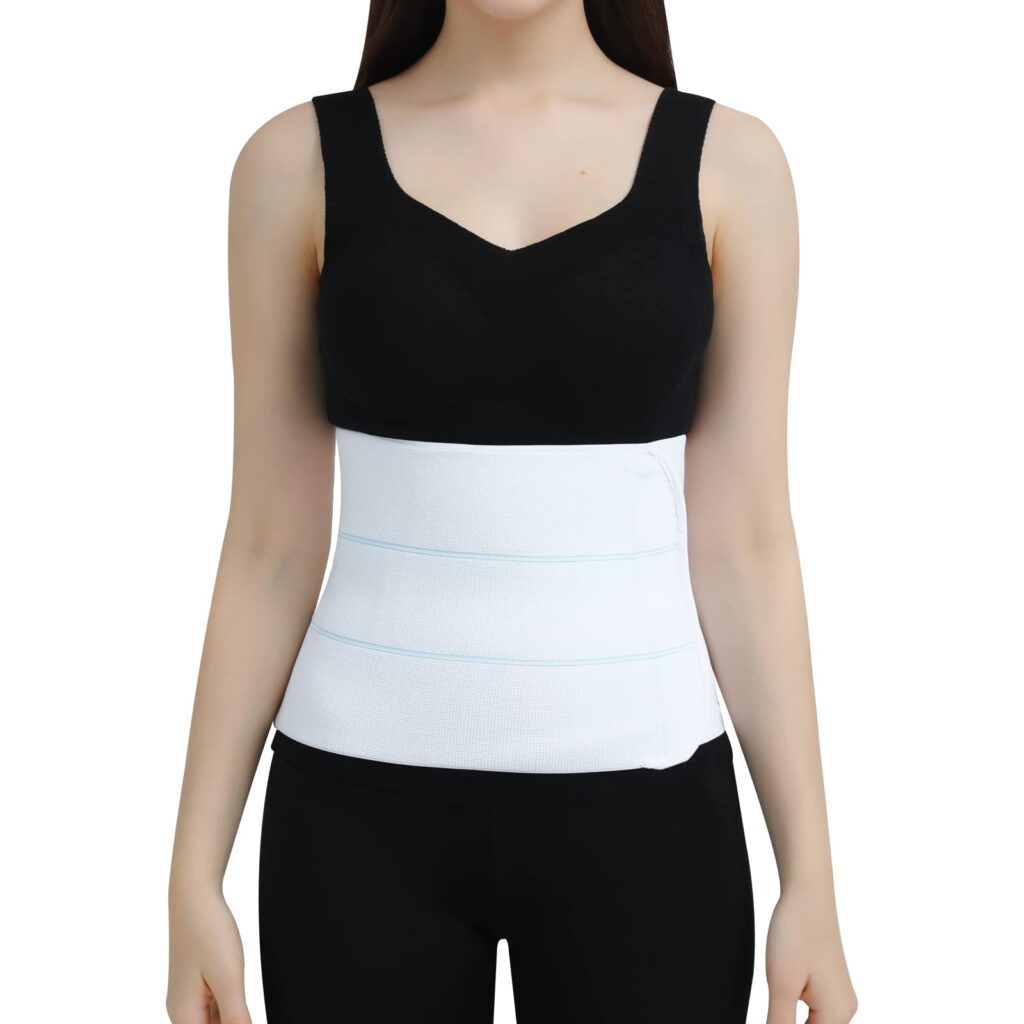
They are used after procedures such as tummy tucks (abdominoplasty) to provide support to the abdominal area and reduce swelling.
Compression Bras
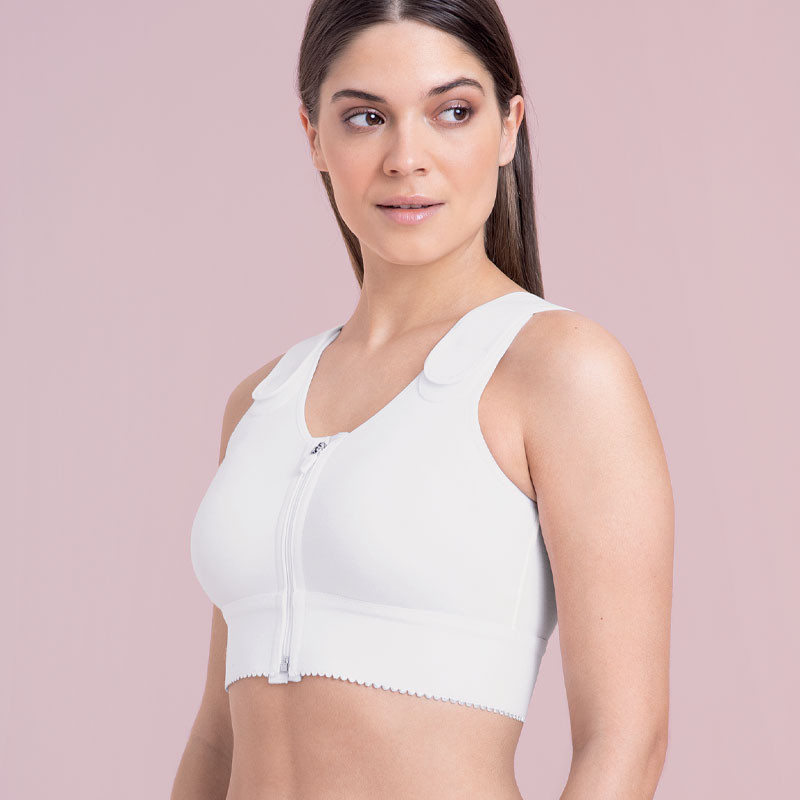
Worn after breast surgeries such as augmentation, reduction, or lift to support the breasts, reduce swelling, and promote proper healing.
Compression Sleeves
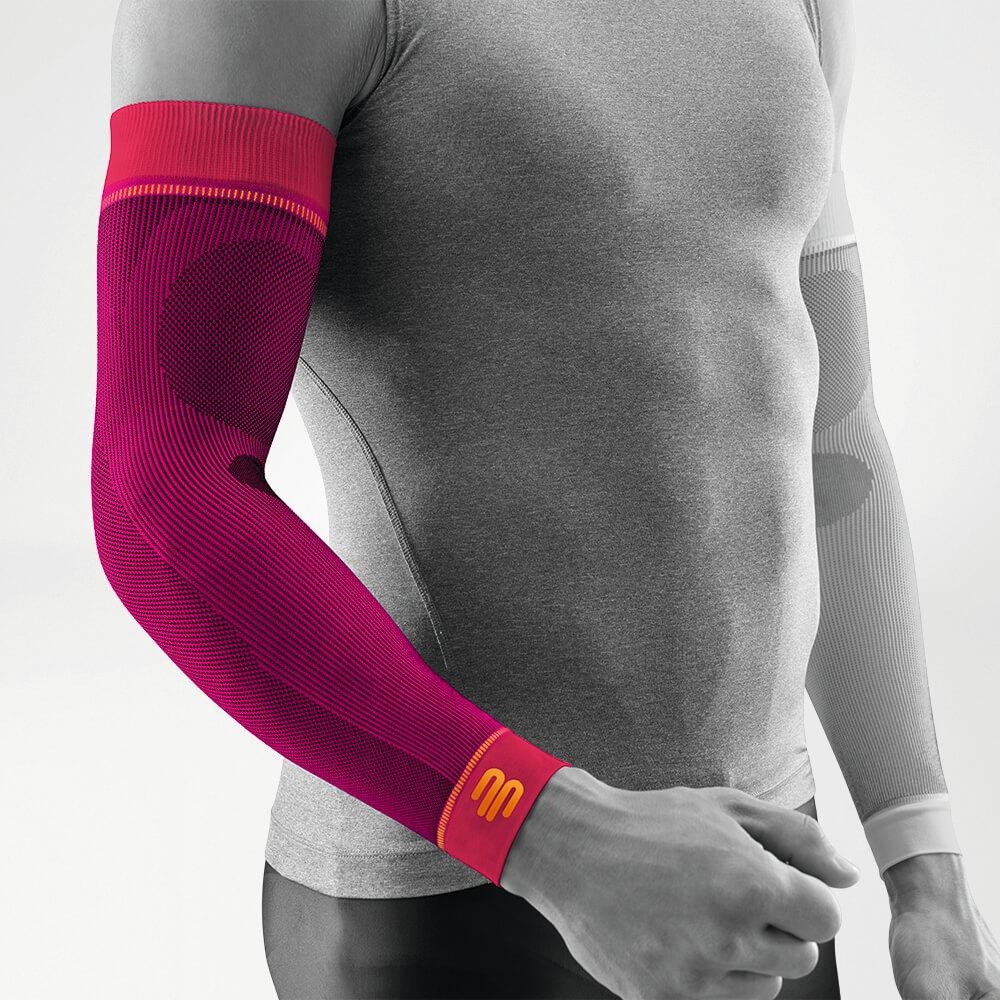
Used for arm procedures such as liposuction or brachioplasty (arm lift) to minimize swelling and promote contouring.
Compression Garments for Leg
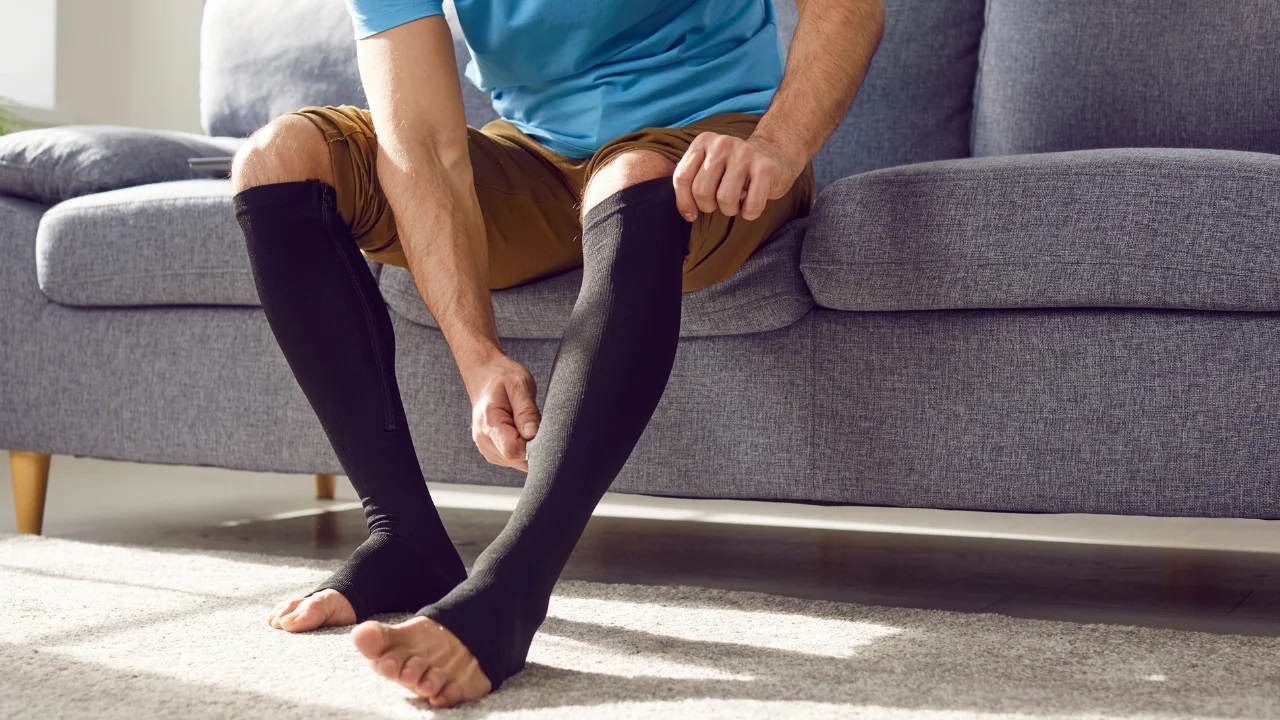
Used after procedures like liposuction or thigh lift to reduce swelling, support the legs, and enhance circulation.
Following Your Surgeon’s Recommendations
It’s crucial to follow your plastic surgeon’s recommendations regarding compression garments diligently. Here are some key tips for using compression wear effectively:
- Wear as Directed
- Follow your surgeon’s or doctor’s instructions regarding when and how long to wear your compression garment.
- Typically, garments are worn continuously for the first few weeks after surgery and then gradually reduced based on your progress.
2. Ensure Proper Fit
- Ensure that your compression garment fits snugly but not too tight.
- A proper fit allows for adequate compression and support without restricting blood flow or causing discomfort.
3. Take Care of Your Garment
- Follow care instructions provided by your surgeon or garment manufacturer to maintain the integrity and effectiveness of your compression wear.
- This may include hand washing, air drying, and avoiding exposure to heat or harsh chemicals.
4.Attend Follow-Up Appointments
- Make sure you attend scheduled follow-up appointments with your plastic surgeon to monitor your progress, assess healing, and make any necessary adjustments to your compression garment or treatment plan.
Conclusion
Compression garments are important in the recovery process after plastic surgery, offering numerous benefits that contribute to optimal results and patient comfort. From reducing swelling and promoting circulation to supporting healing tissues and maintaining surgical outcomes, the importance of compression cannot be overstated. By understanding the benefits of compression wear and adhering to your surgeon’s recommendations, you can enhance your post-operative experience and achieve the best possible results from your plastic surgery procedure.
Schedule a Consultation with Dr. Saumil Shah

Dr. Saumil Girish Shah, a board-certified Plastic, Aesthetic, and Reconstructive Surgeon, is dedicated to enhancing your beauty and confidence. With extensive training from prestigious institutions like KEM Hospital and Sion Hospital, Dr. Shah specializes in both surgical and non-surgical aesthetic procedures.

